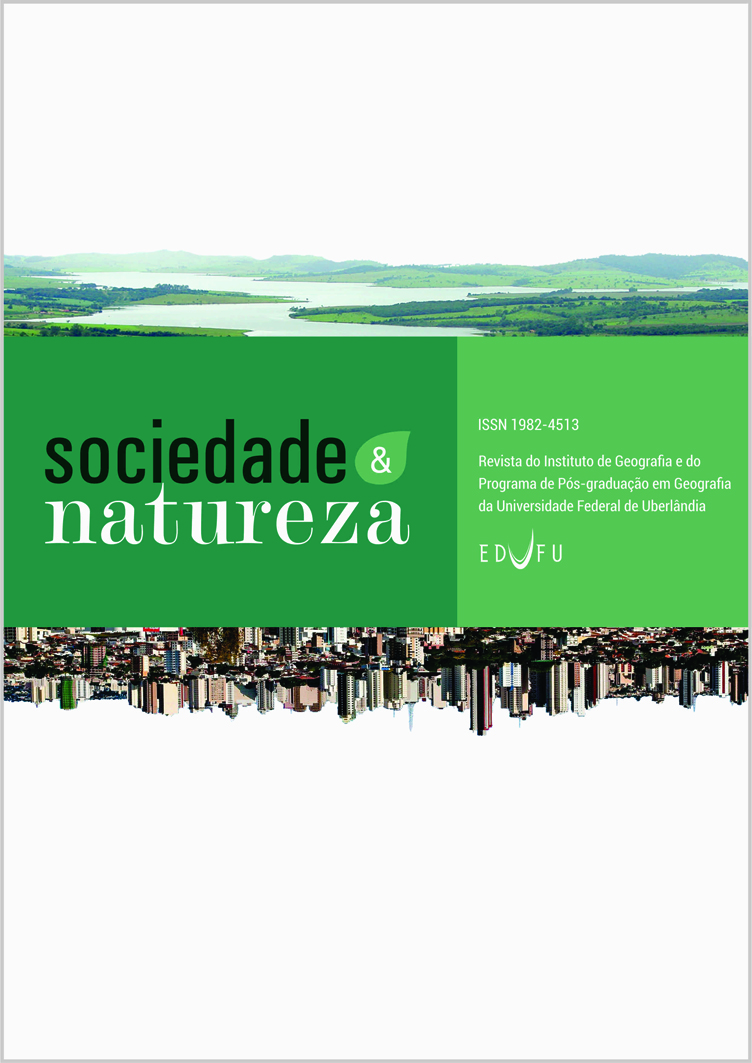Abstract
This paper assesses the role of biological geotextiles on non-agricultural erosion environments, based on studies in the mine tailings Gauteng Province (South Africa) and urban area of São Luis City (Brazil). Gauteng Province (South Africa) has suffered immense problems related to sustainable rehabilitation of mine dumps. This is a huge challenge, as wastes are highly susceptible to both water and wind erosion. Establishing a grass cover to reduce erosion is the dominant reclamation method. Covering the slopes with biological geotextiles might constitute another option for mining companies to reduce erosion and aid natural re-vegetation. The objective of the waste part of this study was to determine the beneficial effect of palm mat cover on erosion control, using rainfall simulation. Results clearly illustrated that application of palm-mats more than halved the sediment load in runoff, thereby having the potential to effectively stabilize tailing dam slopes. Covering tailings with palm-mats did not reduce runoff or improve water infiltration, however. In São Luis City, biological geotextile mats were constructed from palm leaves which are an effective, sustainable and economically-viable soil conservation technique. At Sacavém Community biological geotextile mats were used in association with barriers of wooden stakes and the construction of terraces along contour lines. The aim is to minimize soil erosion, by intercepting rainfall, retarding runoff velocity and sediment loss. Keywords: Biological geotextile, sustainable development, rehabilitation, mine tailings, and Buriti mats.Authors hold the Copyright for articles published in this journal, and the journal holds the right for first publication. Because they appear in a public access journal, articles are licensed under Creative Commons Attribution (BY), which permits unrestricted use, distribution, and reproduction in any medium, provided the original work is properly cited.
Downloads
Download data is not yet available.

